China or US: Will ASEAN have to choose?
External observers believe that since Donald Trump’s presidential election win, ASEAN leaders are looking to China to provide more continuity and certainty. Will this mean that ASEAN will have to decide between the two major powers? Lianhe Zaobao correspondent Sim Tze Wei looks into the issue.
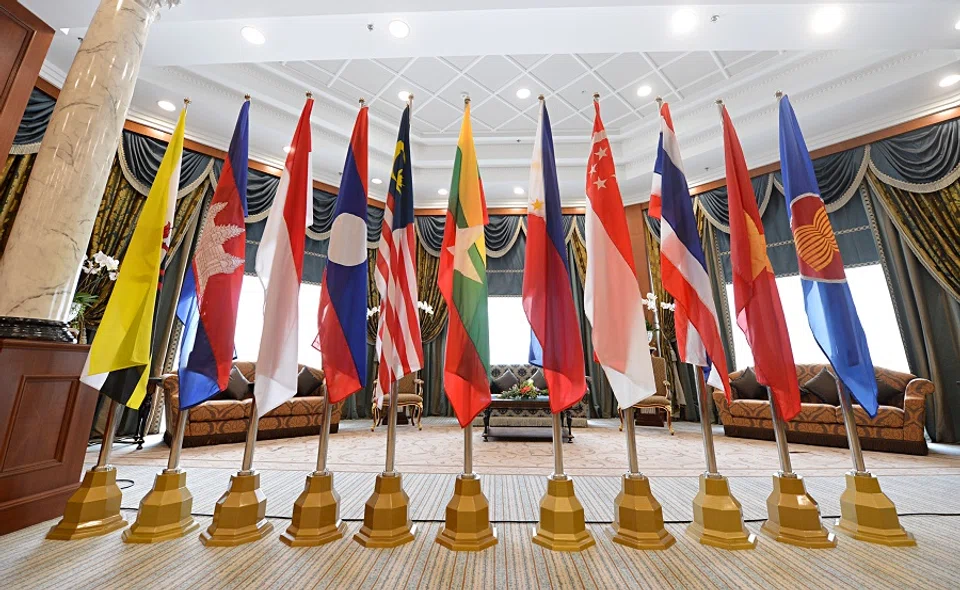
In just a short month, China has welcomed the leaders of four ASEAN countries: Malaysia, Indonesia, Singapore and Cambodia.
Indonesian President Prabowo Subianto visited China even before officially taking office after winning the election in February. This year marks the 50th anniversary of Malaysia-China diplomatic relations, with Malaysia’s Sultan Ibrahim Sultan Iskandar and Prime Minister Anwar Ibrahim visiting China one after another. Anwar has visited China three times in his two years in office.
Visits by national leaders are generally planned in advance and are not spontaneous. However, the frequency of ASEAN leaders’ visits to China have led external observers to believe that Donald Trump’s election played a part.
Massive trade ties
Chinese scholars suggested in interviews that Prabowo’s visit to China three days after the US presidential election results were announced reflected a certain level of unease among ASEAN countries about regional order as Trump is set to assume office once more, with hopes that Beijing could provide more continuity and certainty.
As the uncertain Trump 2.0 era is set to begin, among the ASEAN member states, only the Philippines under the leadership of President Ferdinand “Bongbong” Marcos Jr stand in clear opposition with China due to South China Sea territorial disputes. On 4 December, the two sides clashed once more in the waters near the disputed Scarborough Shoal (referred to as Huangyan Island by China).
What is lesser known is that China also enhanced military interactions with ASEAN.
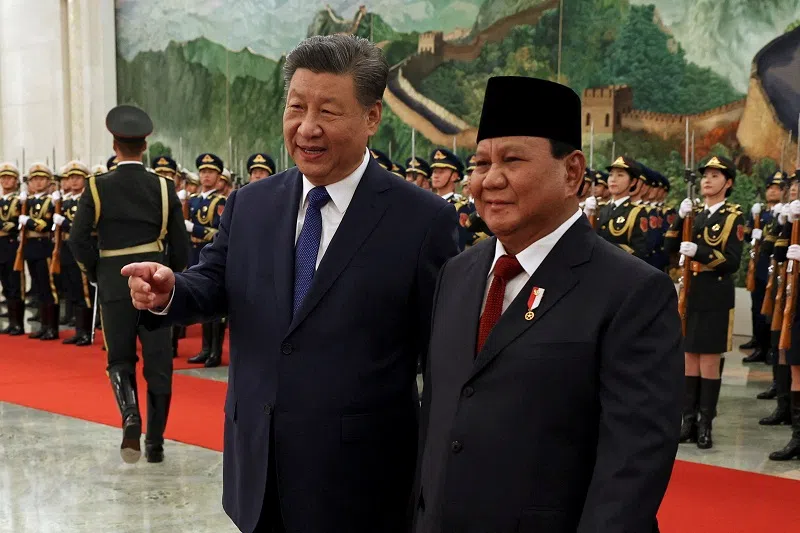
After Trump officially takes office on 20 January next year, external watchers are keen to see if ASEAN will lean further towards China — especially since Malaysia would assume ASEAN chairmanship in 2025, with the Anwar administration clearly more closely aligned with China in foreign policy since coming into power.
Trade is undoubtedly the strongest bond between China and ASEAN. In 2010, the ASEAN-China Free Trade Area (ACFTA) was established, and in 2015 both sides signed an upgrade protocol to form the ACFTA 2.0, which was fully implemented in 2019. In November 2022, negotiations for version 3.0 were officially launched.
According to Chinese official data, since 2013, trade between China and ASEAN grew by an average of 7.5% annually, with bilateral trade reaching US$911.7 billion in 2023. China has maintained its position as ASEAN’s largest trading partner for 15 consecutive years, and ASEAN has been China’s largest trading partner for four consecutive years.
Military and multilateral engagements
What is lesser known is that China also enhanced military interactions with ASEAN. According to a report published by the US Naval War College in April 2024, Southeast Asian countries held 14 joint military exercises with China last year, making it the region with the most frequent military exercises with China globally and marking a return to pre-pandemic levels. The frequency is nearly three times that of second-placed Russia (five times).
Possibly due to geographical proximity and shorter flight distances, China often sends its premiers to attend the ASEAN-China Summit and the East Asia Summit held in the region, while US presidents are less likely to make the long journey to attend the ASEAN-US Summit. During his first presidential term, Trump skipped the summit for three consecutive years.
... the US remains ASEAN’s largest source of foreign direct investment and second largest trading partner, creating numerous job opportunities for the region.
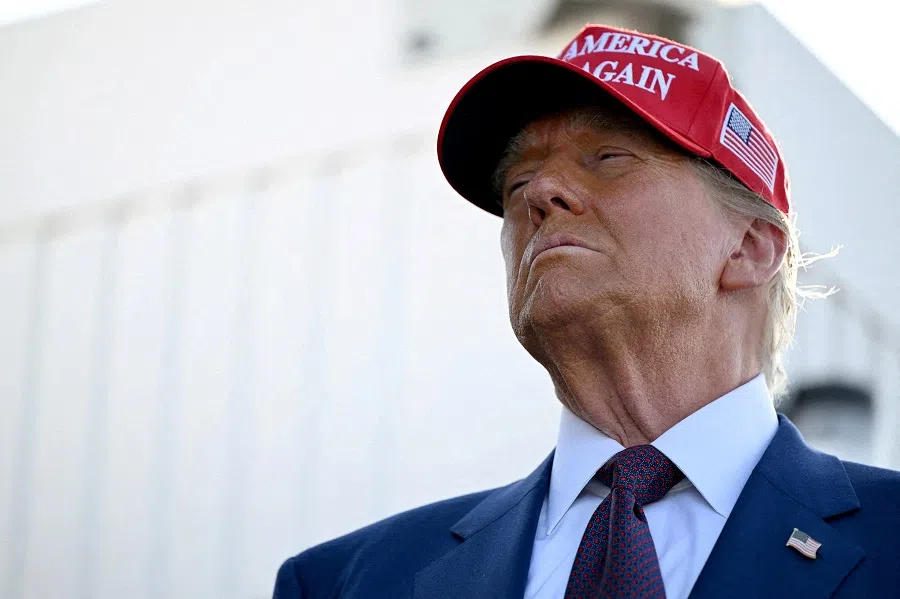
However, there are commentaries that such comparisons are unfair — there is little criticism of the Chinese and Russian presidents for rarely attending ASEAN summits, yet the absence of the US president is often highlighted.
Late last year, Ian Storey, a senior research fellow at the ISEAS – Yusof Ishak Institute in Singapore, analysed that while the People’s Liberation Army has increased the frequency of military exercises with ASEAN, they still lag behind the US in terms of size, frequency and scope. He felt that the key difference between China and the US is “strategic trust”, which is a prerequisite for countries that train together on a regular basis using their most advanced equipment.
Also, the US remains ASEAN’s largest source of foreign direct investment and second largest trading partner, creating numerous job opportunities for the region.
However, during Trump’s first presidential term, it became clear that this businessman had little interest in multilateral mechanisms and had withdrawn from several agreements, including the Trans-Pacific Partnership and the Paris Agreement on climate change. Trump’s focus on ASEAN will probably be limited compared with China, the Middle East and Europe.
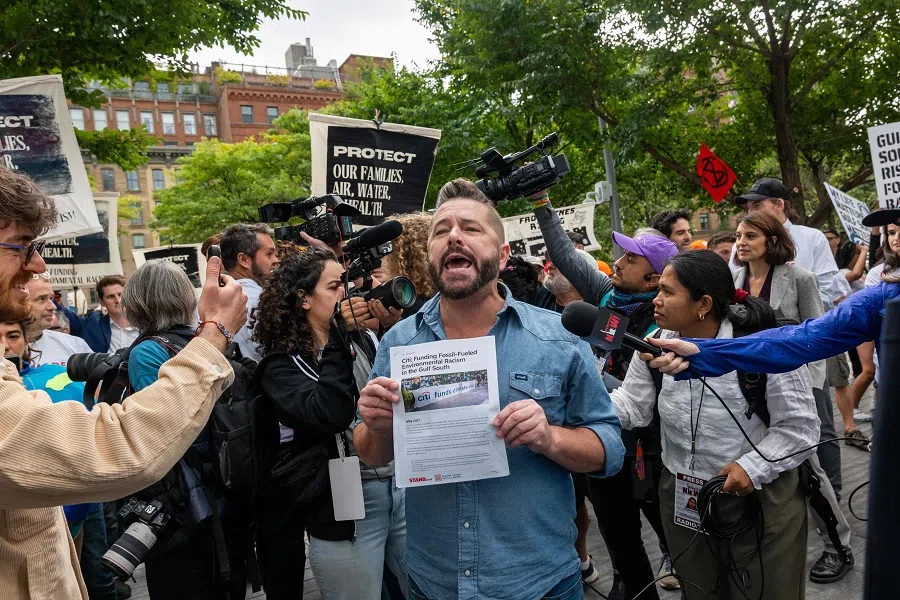
Meanwhile, China is actively promoting its vision for international order through initiatives such as the Global Development Initiative, Global Security Initiative and Global Civilisation Initiative.
Once conflict erupts between two giants and regional instability ensues, ASEAN is bound to bear the brunt of it.
ASEAN needs a ‘reboot’
In October, Cambodian Minister of State Sok Siphana highlighted this point during his keynote speech at the ASEAN Roundtable organised by ISEAS – Yusof Ishak Institute in Singapore.
He said, “So amid this period of great transformation, the question is to what extent ASEAN is able to defend a stable, multipolar world order in the Indo-Pacific region without isolating China. And to avoid, as during the Cold War, once again becoming another theatre of conflict.”
He observed that there is more pressure on ASEAN these days to directly or indirectly choose sides, which might be in areas such as technology and supply chains, and that “this dilemma is deeper than meets the eye”.
Sok Siphana believes that ASEAN needs to “reboot”, emphasising that reform is not about infrastructure or free trade agreements, but about “thinking outside the box”.
One possible approach is for ASEAN to adopt a “new middle ground” strategy, actively collaborating with middle powers such as Japan, Australia and South Korea...
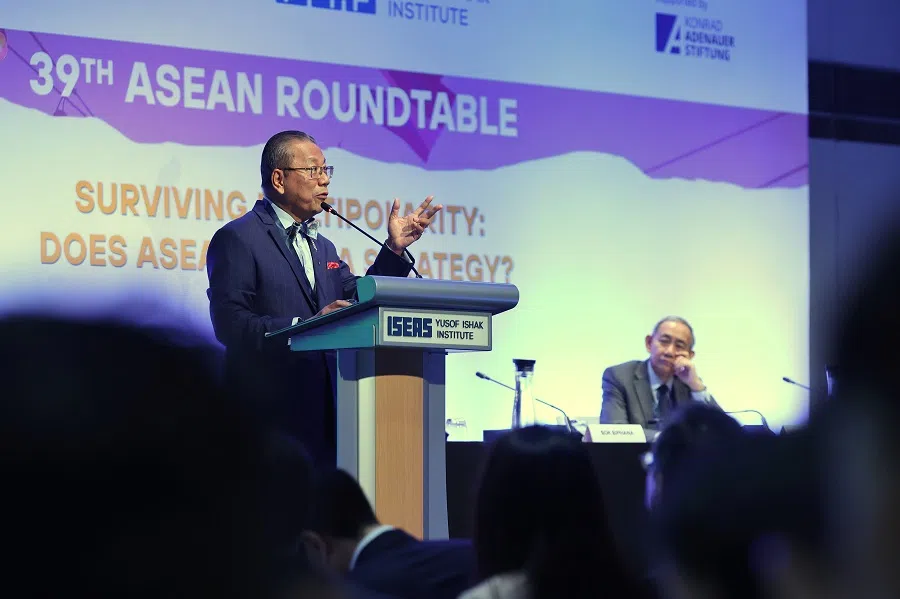
On 3 December, China’s Ministry of Commerce announced that it would ban the export of dual-use products containing gallium, germanium, antimony, and superhard materials to the US. This move is seen as a countermeasure against the US’s escalated tech crackdown. Meanwhile, the US House Select Committee on the Coronavirus Pandemic released a report backing the theory that the coronavirus may have leaked from a Chinese laboratory.
Would this set the stage for Trump to put pressure on China over the origins of the pandemic?
As tensions between China and the US continue to rise, ASEAN does need to think outside the box to ensure that its central role in the region is not compromised.
One possible approach is for ASEAN to adopt a “new middle ground” strategy, actively collaborating with middle powers such as Japan, Australia and South Korea to maximise its strategic manoeuvring space.
This article was first published in Lianhe Zaobao as “亚细安迟早得在中美之间选边站?”.
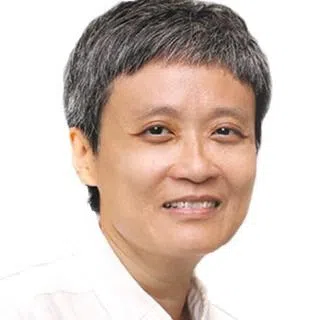



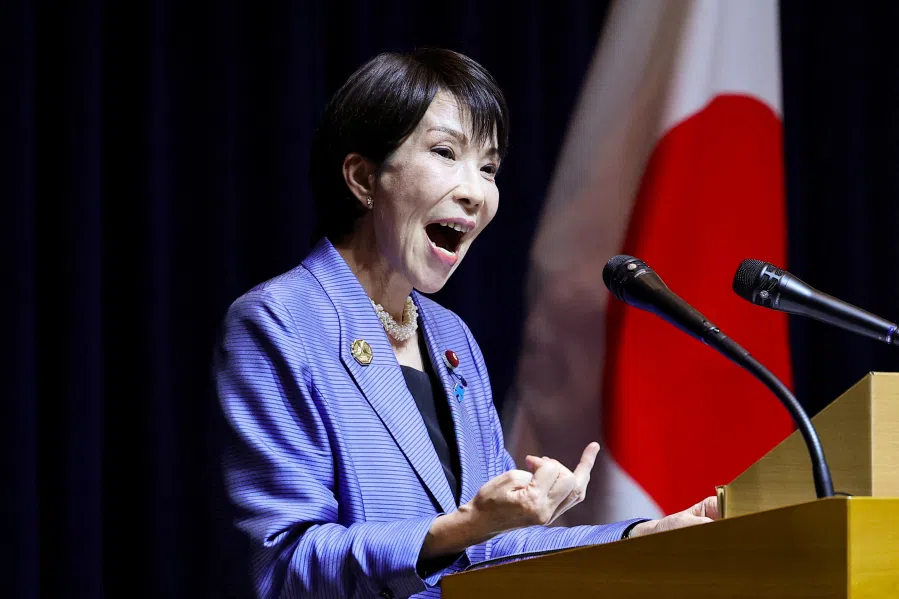
![[Big read] China’s 10 trillion RMB debt clean-up falls short](https://cassette.sphdigital.com.sg/image/thinkchina/d08cfc72b13782693c25f2fcbf886fa7673723efca260881e7086211b082e66c)